The Rende S.O.U. takes part in numerous international programs and projects relating to air pollution and environmental sustainability, the development of strategies and technologies aimed at controlling and mitigating impacts as well as the transfer of knowledge to policy makers and stakeholders in the preparation and implementation of environmental legislation. It ensures, also through the coordination of specific working groups, the transfer of knowledge to political decision makers on the various aspects regarding, just to name a few areas: the emissions of pollutants from anthropogenic and natural sources; the technologies and methods for the abatement of emissions and the monitoring of air quality; the development of innovative technologies for data quality control and information sharing.
Active
GEO
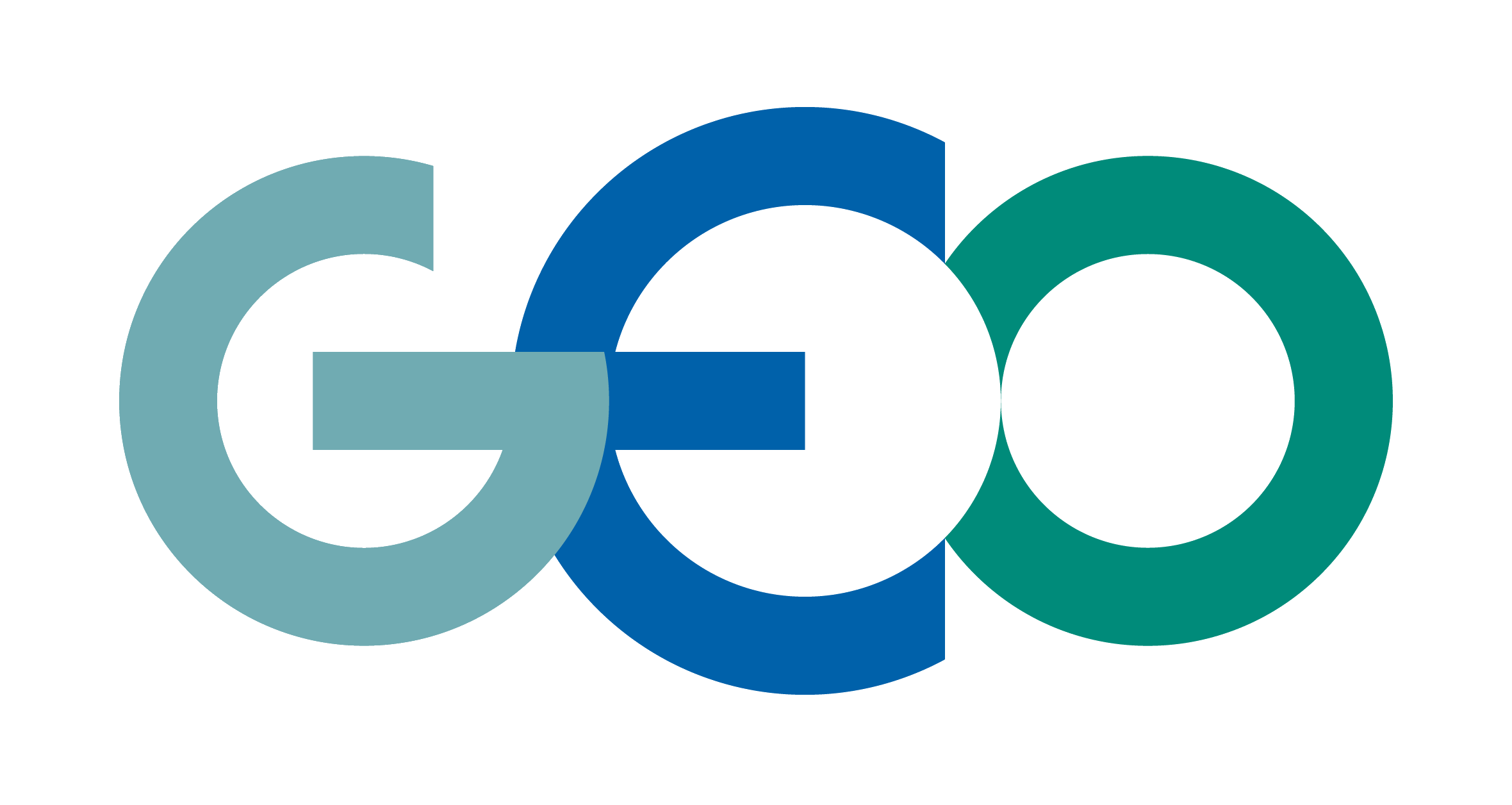
GEO aims to promote open knowledge with Earth Observation Applications. It is a partnership of more than 100 national governments and over 100 organizations for a future where decisions and actions for the benefit of humanity are informed by coordinated, comprehensive and supported Earth observations.
A unique global network connecting government institutions, academic and research institutes, data providers, private companies, engineers, scientists and experts to create innovative solutions to global challenges.
GOS4M

GOS4M it is a GEO Flagship aimed at supporting the Secretariat of the Minamata Convention on Mercury, the United Nations Partnership for Destiny and Mercury Transport and all nations regarding the Effectiveness Assessment and the Global Monitoring framework.
The goal is to increase the availability and quality of Earth Observation data and information, by federating the existing regional monitoring network into a “network of networks”, to contribute to the monitoring of mercury released in the global environment and, in case, anticipate changes in the environment.
Consequently, GOS4M develops IT applications based on observations, model results and web tools to exploit the wealth of data made available through platforms such as, for example, the Knowledge Hub which, as part of the GEO Knowledge Hub, can support decision makers in evaluating the effectiveness of the measures by co-designing different policy scenarios at national or regional level, allowing the assessment of the fate of mercury, from sources to receptors, and the estimation of costs associated with policies.
CNRM
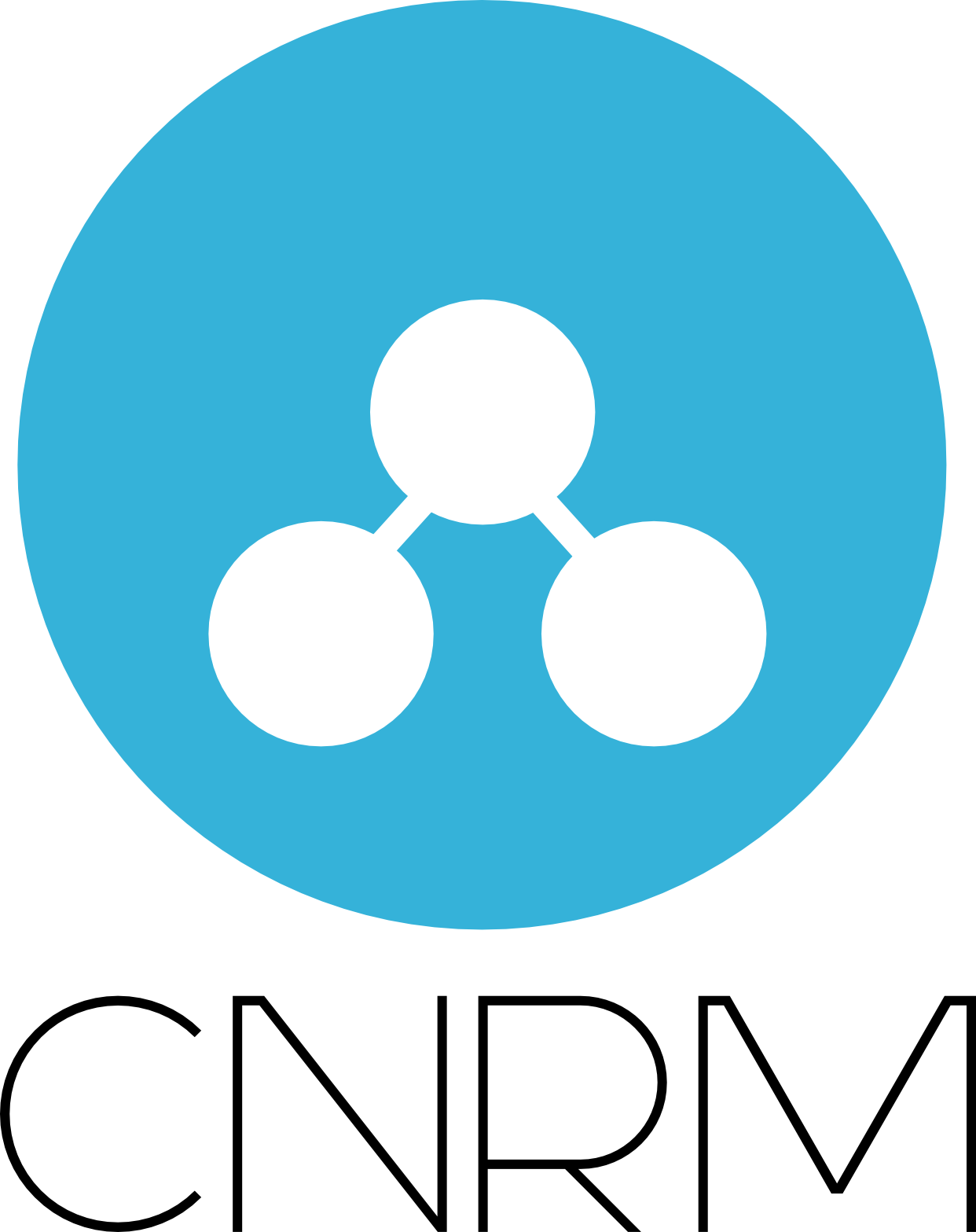
We coordinate the National Mercury Reference Center (CNRM), the representative for Italy and national reference point for the implementation of the Minamata Convention on Mercury.
It was established in 2012 through a Memorandum of Understanding between the CNR e il Ministry of the Environment and Protection of the Territory and the Sea (MATTM), with the participation of the Istituto Superiore di Sanità, as part of the initiatives adopted by the Governing. Council of the United Nations Environment Programme (UNEP) on mercury pollution.
The establishment of an international reference center for mercury and its coordination by Italy is of great strategic importance both nationally and internationally, as it will contribute to strengthening the country’s role in international and European environmental policies, and it will give impetus to future technological developments in the field of environmental monitoring and control of industrial emissions.
e-shape
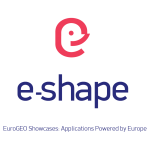
In e-shape CNR-IIA coordinates Showcase 2, concerning Health, and Pilot 2.1 on the Surveillance of Mercury Pollution based on Earth Observation.
It is a unique initiative that leverages decades of public investment in Earth Observation and cloud capabilities to deliver services for decision makers, citizens, industry and researchers.
It enables Europe to position itself as a global force in Earth Observation by leveraging Copernicus, making use of existing European capabilities and improving user adoption of data from GEO resources.
Surveillance of pollutants in the environment and their impact on public health through in situ and space environmental observations can improve the policy-making process and support the assessment of the effectiveness of measures undertaken by nations to achieve the goals of international conventions.
I-Seed

I-Seed is a FET Proactive Environmental Intelligence 2020 project that aims to develop intelligent soft robots inspired by plant seeds for environmental monitoring, capable of acting as sensors for monitoring soil health parameters, for example the presence of pollutants such as mercury, and air’s, such as CO2, temperature and humidity levels.
These “intelligent seeds”, called I-Seed robots, will be biodegradable, thus respecting the environment. In the wake of Leonardo da Vinci and his “aerial screw”, the researchers were inspired by the behavior of plant seeds; these, in fact, use different seed dispersal strategies, such as the aerial one, through the wind, or through structures that make the seeds capable of digging in order to penetrate the soil, such as the seeds of Samara and those of Erodium cicutarium, the two species chosen as a model for the making of intelligent seeds.
The seed dispersal procedure will take place through a drone that will spread them on the land of cultivated fields or prairies and – through the use of specific software – the researchers will be able to track their precise position and monitor the conditions of the soil. To facilitate the tracking procedure, the smart seeds will be fluorescent and the drones will use a LIDAR system to detect them remotely. All this will allow the use of I-Seed robots even in geographical areas where there is currently no form of environmental monitoring.
SI-Hg

Il progetto relativo alla Metrology project for traceable protocols for elemental and oxidized mercury (Si-Hg) concentrations, also based on what has been achieved in MercOx, aims to allow traceable SI certification for detection instruments such as elementary gas generators.
A protocol will also be established for the certification of oxidized gas generators at both low (atmospheric) and high (industrial emissions) levels and the performance of at least three commercial oxidized and elementary generators will be characterized.
In 2023, at the end of the project, the results will be incorporated into new and existing standards and will allow traceable measurements of mercury in the environment.
GMOS-Train

GMOS-Train is a network-based and highly interdisciplinary research training program.
To better understand the global exchange of Hg between the atmosphere, hydrosphere, lithosphere and biosphere, the next generation of young researchers will gain skills through a highly interdisciplinary network-based research training program that includes atmospheric chemistry and physics, aquatic chemistry, ecology, chemical analysis, multimedia modelling and the use of scientific results for policy making.
Another feature is the strong cross-sectoral collaboration involving academic and non-academic partners, NGOs and international organizations.
UNEP

The United Nations Environment Programme (UNEP) is the leading global environmental authority. It defines the global environmental agenda, promotes the coherent implementation of the environmental dimension of sustainable development within the United Nations system and acts as a defender of the environment. By inspiring, informing and enabling nations and peoples to improve their quality of life without compromising that of future generations.
Reti Speciali

The goal of Reti Speciali is to establish a national monitoring network.
The project plans to carry out studies, also based on the interpretation of the monitored data, and to ensure the sharing and dissemination of the results of the implementation of the Agreement to the subjects concerned by the results of the experiences acquired (general public, scientific community, Ministry of Ecological Transition, other relevant administrations).
In this framework of activity, the CNR-IIA, in addition to having a reference role for its scientific and technological skills, both in the preliminary stages and during the ‘start-up’, will also be the person in charge of setting up and maintaining the management system aimed at guaranteeing the ‘start up’ of the “special networks”, through the preparation and stipulation of operational agreements.
In particular, the CNR-IIA will provide scientific and technical support, based on the use of methodologies for continuous improvement, also on the basis of benchmarking activities in the Public Administration, to identify the costs of the entire operation.
ARMONIA

The main objective of ARMONIA will be the creation of a smart system for the detection and dissemination of air quality data through a stand-alone prototype, capable of providing the Administration of the Municipality of Aprigliano and its citizens with a useful tool to have greater awareness of the state of air quality and capable, moreover, of supporting the management of the risk of exposure to any atmospheric pollutants, originating from activities and / or events that may have repercussions on the municipal area.
A technological information and communication system (ICT) will therefore be created on the air quality data measured in situ through an appropriate number of smart sensors, capable of detecting the concentration levels present in the air of all the pollutants required by the current reference legislation.
The specific objective of ARMONIA will therefore be to create an innovative technological system which as a whole is inexpensive, highly efficient from an energy point of view, therefore capable of carrying out widespread and continuous monitoring, and which at the same time allows easy use of the data and the knowledge related to it. The construction and subsequent specific application in the municipality of Aprigliano will allow the development of a smart system for monitoring air quality, the use of which may also be suitable for other areas that will request it in the future.
Ended
GMOS
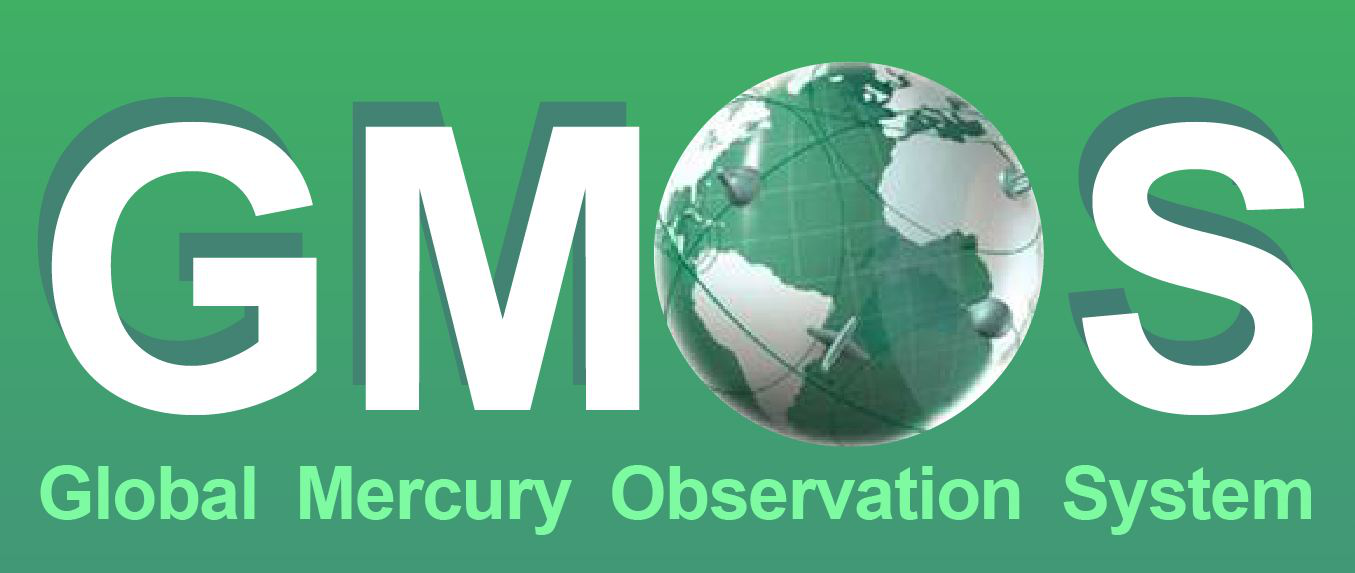
The Global Mercury Observation System (GMOS) is a unique global observation system that provides comparable monitoring data on the levels of mercury in the air and marine ecosystems in the Southern and Northern Hemispheres, which aims to support the Minamata Convention on Mercury (Articles 19 and 22), maintaining a global mercury monitoring network.
Its Modeling Task Force involves the global mercury modeling community and aims to evaluate the effectiveness of the political measures that will be undertaken by nations for the Minamata Convention.
GMOS provides observations from over 35 ground monitoring stations located in the southern and northern hemispheres, ad-hoc oceanographic and marine campaigns and from tropospheric studies. In fact, long-term and high-precision observations and analysis of the mercury cycle in the different domains of the Earth System (atmosphere, ocean, earth) are necessary to understand the role of anthropogenic activities, to better quantify the sources and sinks of mercury and to determine the impact of mercury on the ecosystem and on human health.
ERA-PLANET
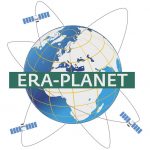
The general goal of ERA-PLANET has been to strengthen the European research space in the field of Earth Observation in coherence with the European participation to the Group on Earth Observation (GEO) and to Copernicus.
Over the last decade, a significant number of projects and programmes in different sectors of environmental monitoring and Earth Observation have generated a significant amount of data and knowledge on various aspects related to quality and environmental sustainability.
Big data generated by in-situ or satellite platforms are collected and stored with a plethora of systems and tools that make it difficult to share data and knowledge among stakeholders and policy makers to support key economic and social sectors. ERA-PLANET has strengthened the interface with user communities, whose needs the Global Earth Observation System (GEOSS) intended to address. It has provided more accurate, complete and authoritative information to policymakers and decision makers in key areas for the benefit of society and advanced decision support tools and technologies to better monitor our global environment and share information and knowledge across different domains of the Earth Observation.
iGOSP

iGOSP is an integrated global observation system for persistent pollutants.
It has consisted in the development of a transnational environmental observation system in support of European and international policies (Minamata e Stockholm Conventions) through the integration of real-time monitoring data, modelling tools and an advanced global data infrastructure for sharing and data interoperability.
The concept behind the iGOSP project has been the integration of: new and existing data to provide uniform and harmonized data sets; existing and new technologies, with consistent standard operating procedures and metadata production to comply with GEOSS Common Infrastructure (GCI) standards; in-situ and remote sensing data; Earth Observation-based information with in situ measurements to improve our understanding of mercury-contaminated hot spots.
iGOSP has supported the achievement of the goals and objectives of section 3 of the ERA-PLANET programme. It also had had strong links with the activities of the GEOSS work programme, in particular with the GEO Flagship Global Observation System for Mercury (GOS4M).
MercOx

The objective of MercOx, a project ended in 2020, was to develop online traceable measurement procedures, for the monitoring and control of all mercury species in gas emission sources and in the atmosphere, in order to improve the comparability of the measurements and the uncertainty of the Hg measurements.
Until then, traceable calibration methods existed only for elemental mercury (Hg (0)), however these measurements were also necessary for oxidized Hg species, i.e. Hg (II), in order to meet the requirements of EU legislation and the implementation of the Minamata Convention. To solve this problem, the project aimed to validate and develop traceable standards and methods for oxidized mercury and for the sampling and analysis of oxidized mercury species in flue gas emissions and ambient air.
